Scott Derrickson’s The Gorge is a gripping blend of sci-fi, action, and romance, grounded by an intense, isolated setting that plays a crucial role in the story. Bringing this unique environment to life was a significant challenge, one taken on by two principal visual effects houses: DNEG and Framestore. We spoke with two of the film’s VFX supervisors from DNEG, Anelia Asparuhova and Sebastian von Overheidt, to explore the complexity of constructing The Gorge’s visually arresting world.
Crafting The Gorge: a character in itself
“The gorge isn’t just a backdrop,” says Asparuhova. “It’s almost like a character in the film.” The secluded, seemingly impenetrable landscape serves as both a prison and a battleground for the protagonists, Levi (Miles Teller) and Drasa (Anya Taylor-Joy), who are stationed on opposite sides.
The film’s production team had a general concept of the gorge’s design early on, but it was up to DNEG to bring it to life in a way that felt both realistic and visually striking. “We had a previous model based on some scans from Norway,” Asparuhova explains. “There’s a website where you can download the entire country as a CG scan. We took inspiration from Norway’s gorges but wanted a more Central European look, incorporating references from Greece and Bulgaria.”
To ensure scientific credibility, the team even consulted geologists. “We wanted to make sure that every rock formation, tree, and feature made sense geologically,” adds von Overheidt. “Even though the gorge isn’t real, we wanted it to feel real.”
Making the gorge inescapable
The gorge’s geography had to support the film’s narrative constraints. Why couldn’t the characters simply walk around it? Why was it so impossible to escape? “We had an explanation,” Asparuhova says. “That’s why we placed a massive waterfall on one side and a sheer rock wall on the other.”
These choices not only reinforced the narrative but also posed technical challenges. One of the biggest was conveying scale. “When you start building environments in CG, they can often feel miniature,” Asparuhova points out. “We had to add layers of detail, especially fog, depth haze, and we even added some CG birds (an age old VFX trick!), to emphasize the scale.”
Photorealistic lighting and optical depth
A key element in grounding The Gorge in reality was achieving the right depth of field and optical qualities. “Even today, I see car shots where the depth of focus outside the window feels off,” notes von Overheidt, a former compositor. “It’s something you instinctively feel as wrong, even if you can’t articulate why.”
Von Overheidt’s experience played a crucial role in nailing these subtle but vital elements. “We analyzed reference photography, carefully studied bokeh shapes, and matched depth-of-field characteristics to real lenses,” he explains. “Different cameras and lenses have distinct looks, and we wanted to maintain that authenticity.”
Towers, zip lines, and drone battles
Though The Gorge relied on practical sets for certain key locations, much of its environment was CG-enhanced or fully digital. The production built partial sections of the towers, including their bases and tops, but the midsections were entirely CG. “We had to seamlessly integrate practical elements with digital extensions,” Asparuhova explains.
The film’s action sequences required extensive VFX work. “We handled the zip line sequence, the skydiving scenes, and the quadcopter chase through the forest,” von Overheidt says. “Even in shots where the actors were filmed in real locations, we often had to extend the environment into the distance to maintain continuity.”
Drones played a major role in the film, serving both as surveillance tools and deadly weapons. “I handled the smaller drones,” says Asparuhova, “while Seb worked on the more aggressive, heavily armed ones.” von Overheidt adds, “The art department provided a model, but we beefed it up, making it look more tactical, with larger weapons and a more menacing silhouette.”
The climactic explosion: destroying the gorge
The film culminates in a devastating nuclear explosion, a sequence that required intricate effects work. “We looked at real nuclear test footage,” Asparuhova reveals. “It’s eerie, but incredibly useful reference material.”
One of the biggest challenges was adapting real-world nuclear explosion dynamics to the gorge’s enclosed space. “In real tests, the shockwave expands outward across a flat surface,” she explains. “But our explosion was hundreds of meters below the ground, contained by the gorge walls.”
This unique setup influenced how the shockwave behaved. “Instead of purely radiating outward, it funneled up and out,” she says. “That’s why you see that distinctive lifting effect at the edges.”
Asparuhova highlights the importance of layers in achieving realism. “We had pre-shockwave smoke, then the destructive shockwave itself, which flattens the trees and crumbles the towers, and then the big blast,” he describes. “It wasn’t just one big explosion—it was a sequence of events.”
Seamless digital doubles and stunt transitions
One of the most demanding character effects was Drasa’s parachute jump into the gorge. “The beginning of her run was practical, but the jump itself transitioned into a full-CG double,” von Overheidt says. “It had to be seamless—matching costume folds, hair sim, everything.”
Unlike purely technical challenges, this was about maintaining the illusion of physicality. “I’ve worked on other free-fall sequences before, like Uncharted,” he adds. “Getting the acceleration and terminal velocity to feel right was crucial.”
A cohesive vision
Despite the scope and complexity of the VFX, the film’s visual style remained consistent. “For the most part, the creative vision was locked in early,” says Asparuhova. “There were minor reshoots, but nothing that drastically changed the edit.”
Von Overheidt agrees. “We had a clear roadmap, which helped keep things cohesive across our teams in North America and Europe.”
Ultimately, The Gorge showcases the power of VFX in storytelling, not just as a means of spectacle but as a way to shape the world in which characters struggle and connect. Whether through vast landscapes, heart-pounding action, or intimate lighting nuances, the work ensures that The Gorge feels as immersive as it is thrilling.
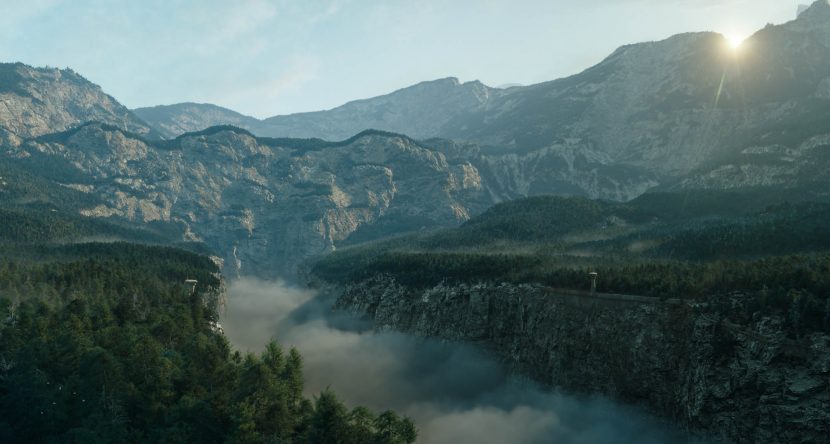


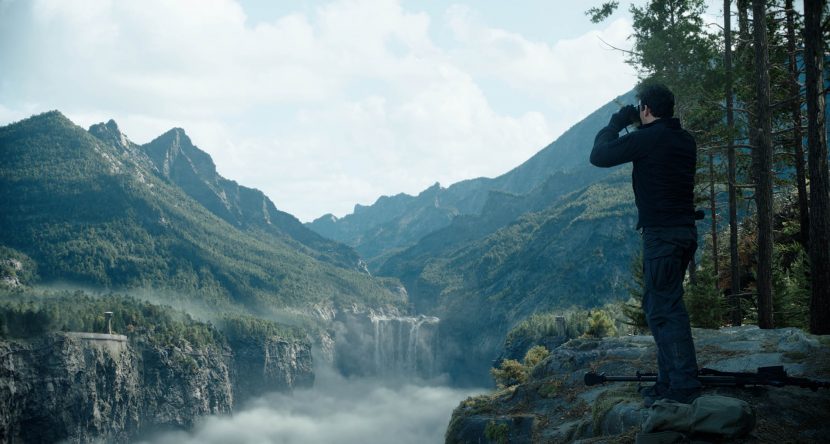
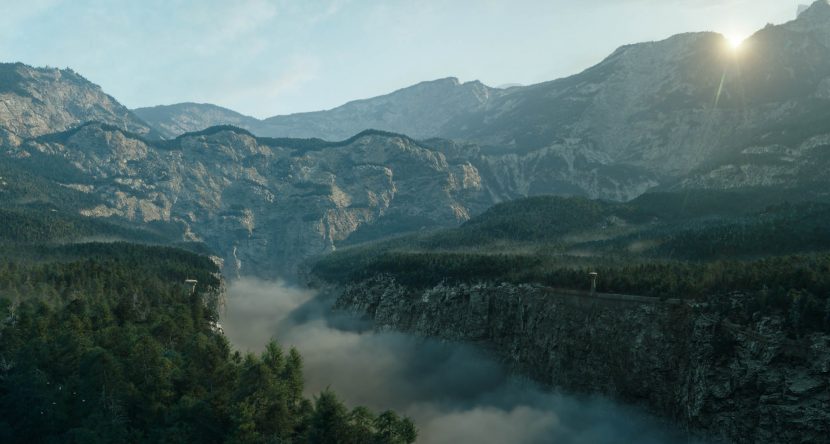
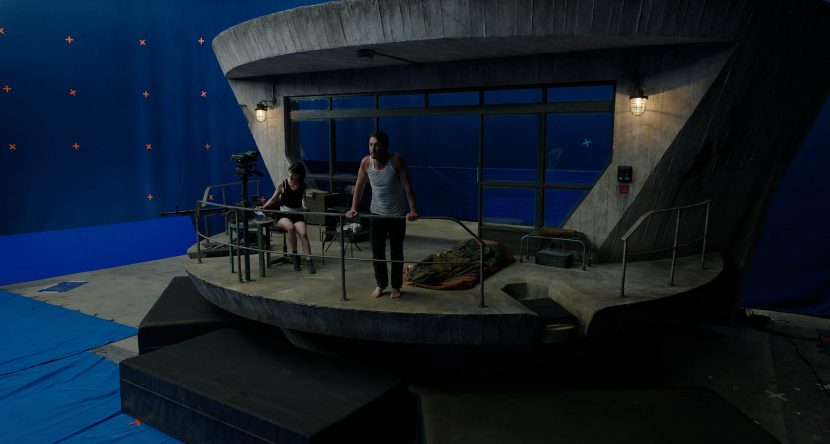
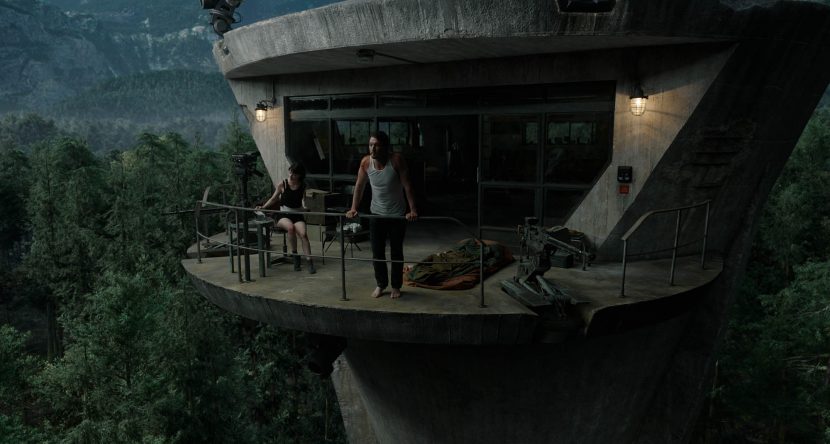
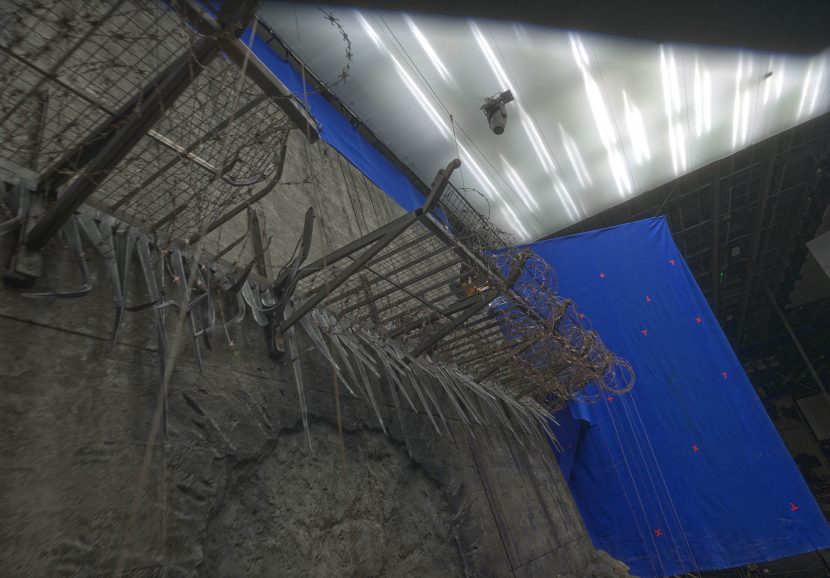
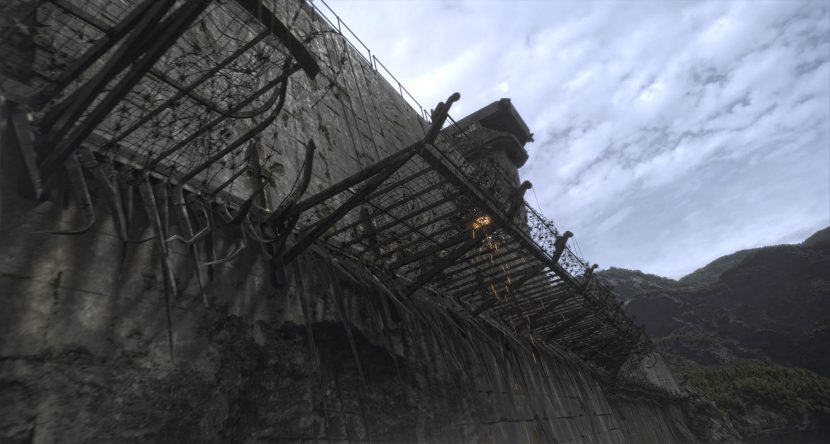
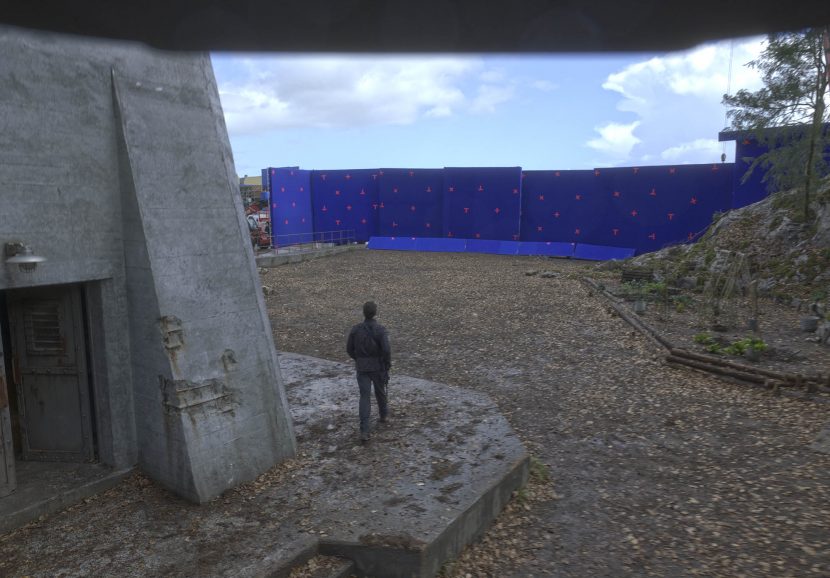
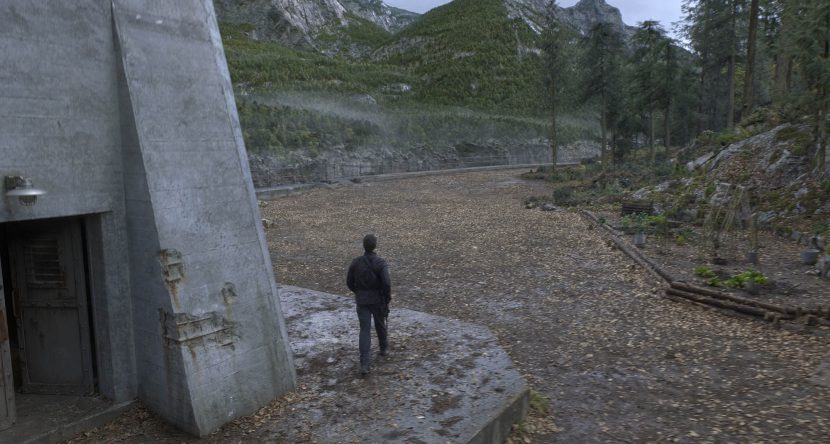


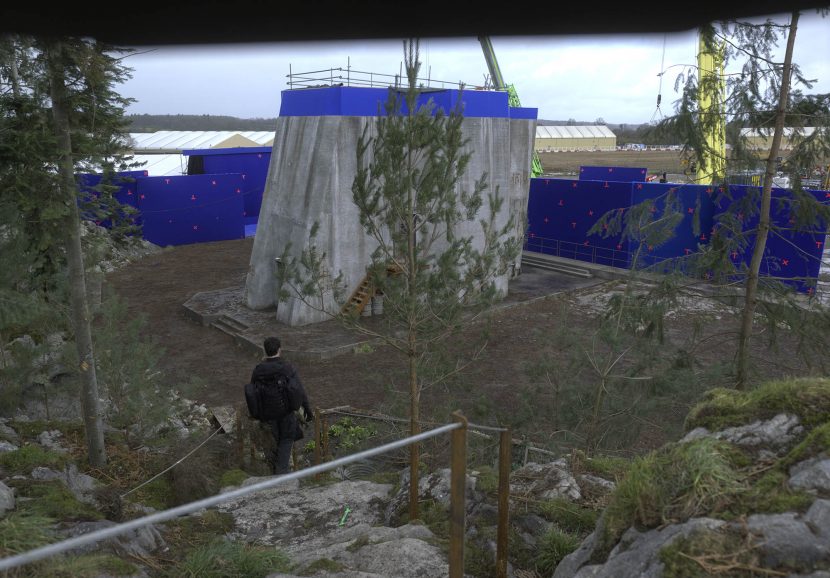
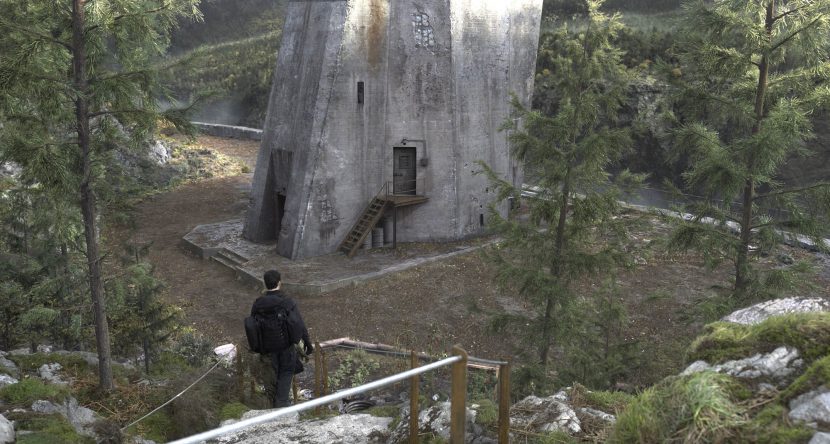
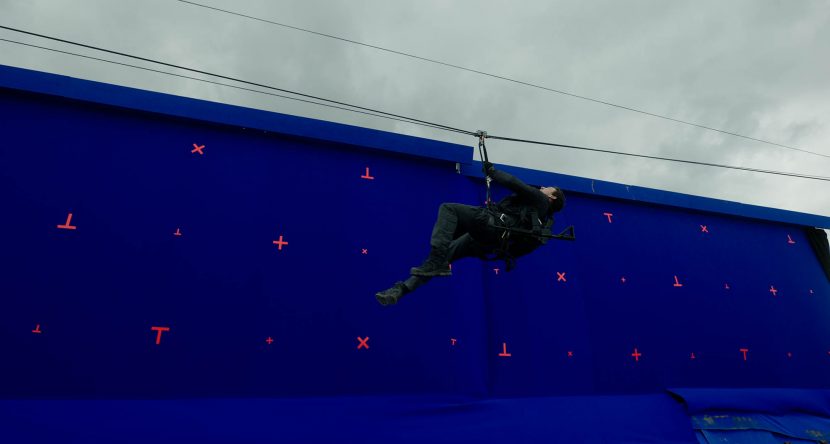
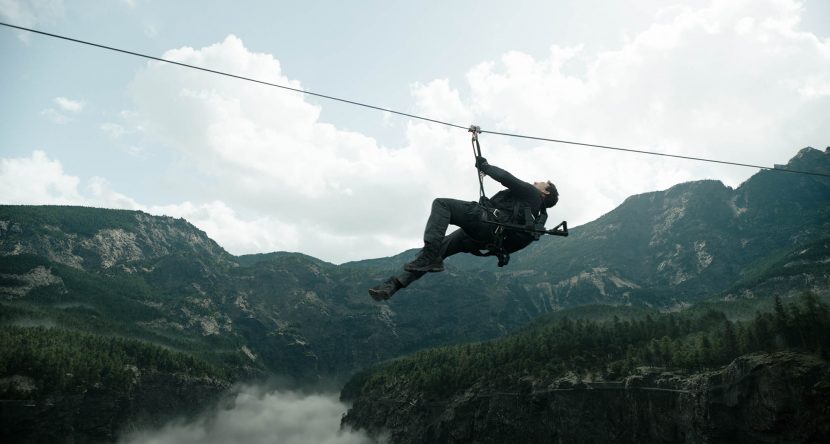
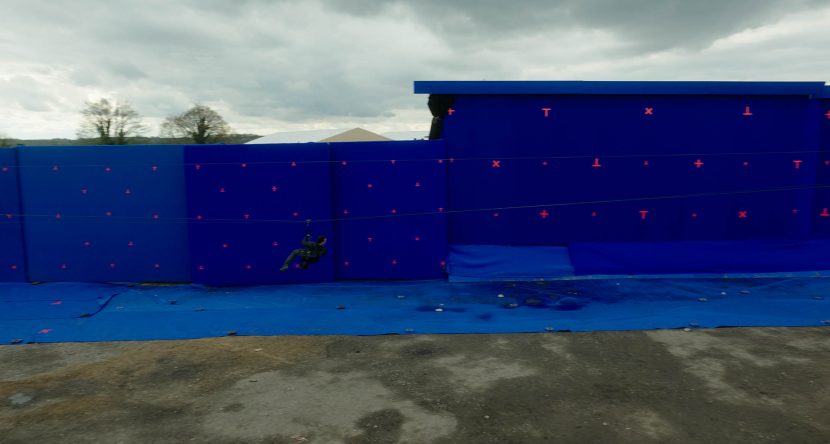
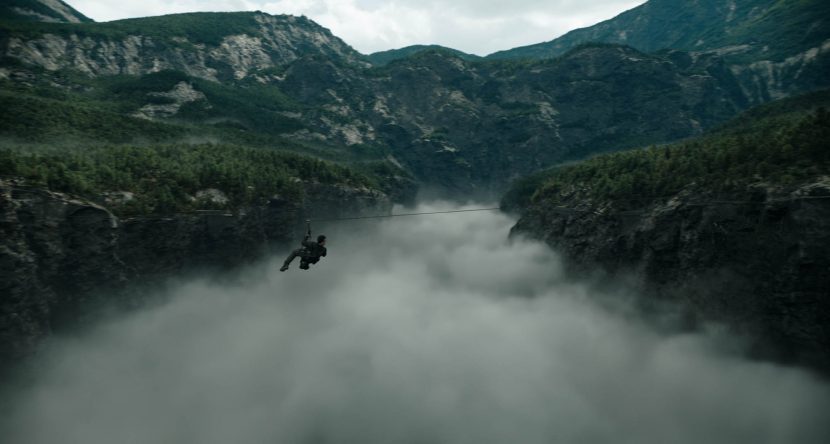
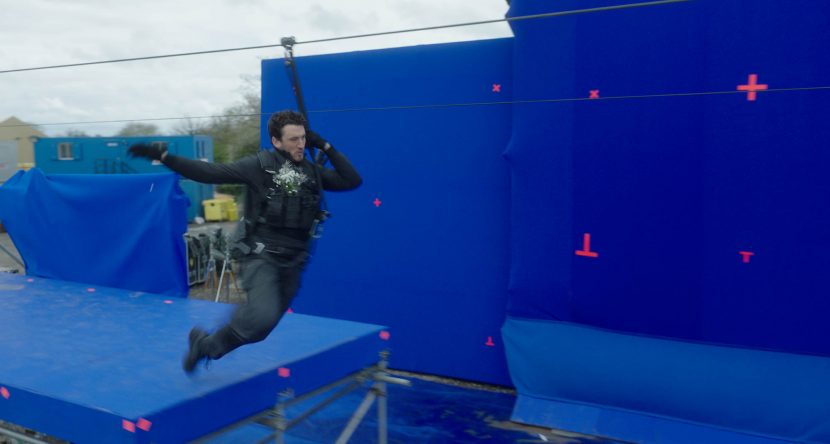
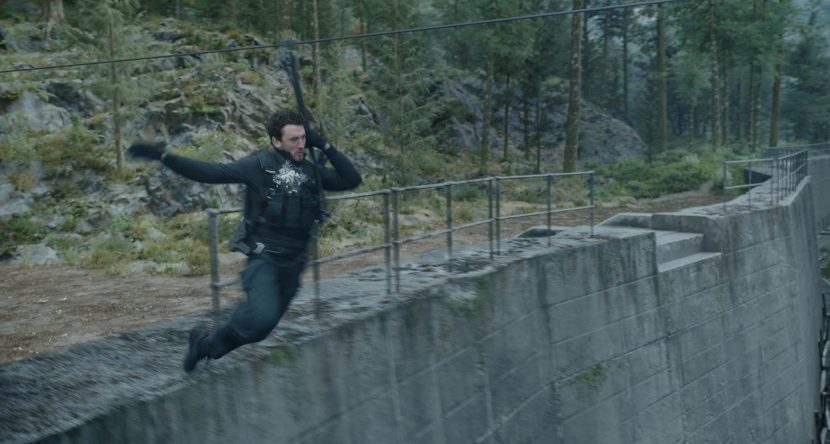
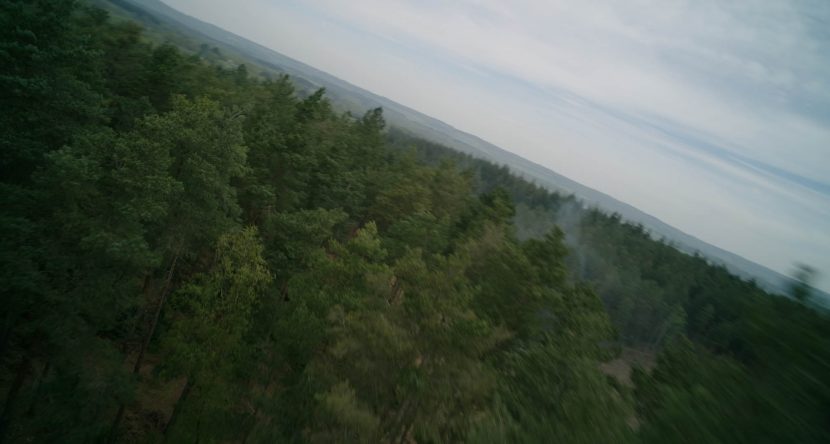
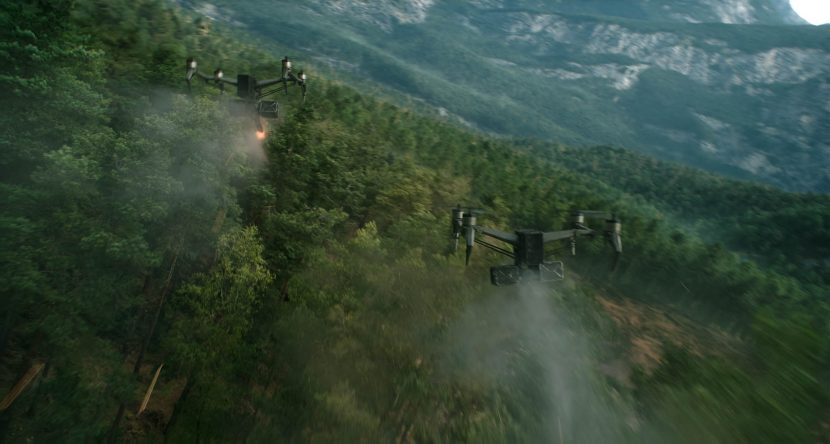
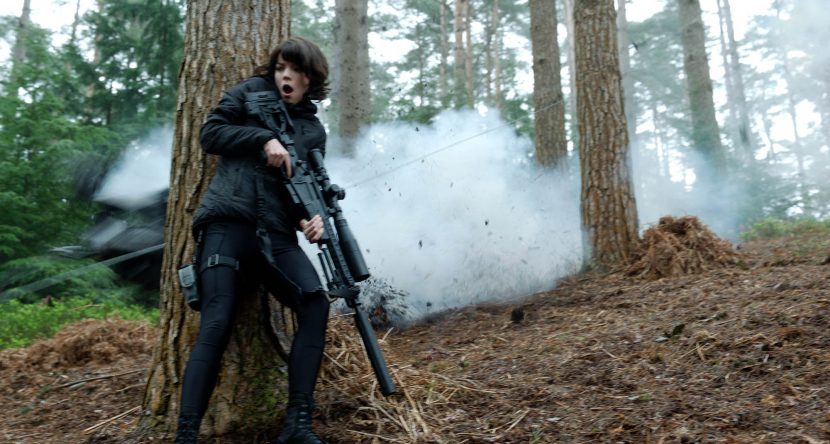
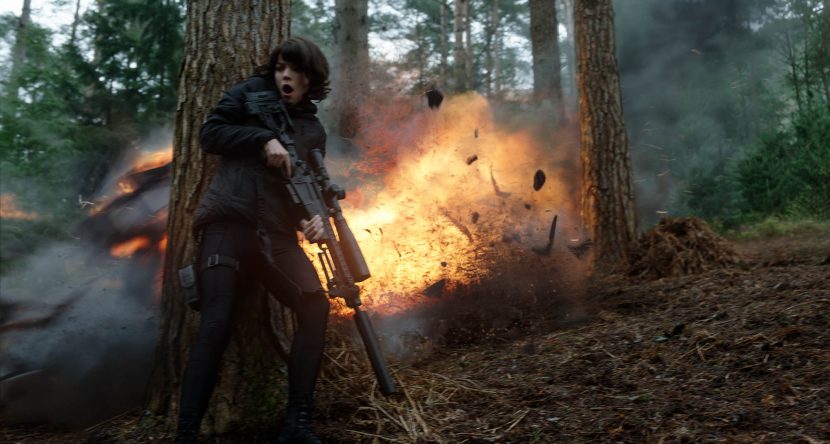
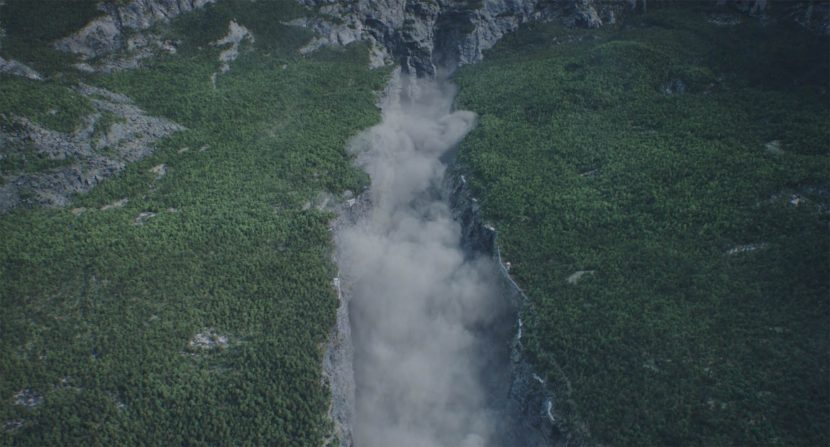
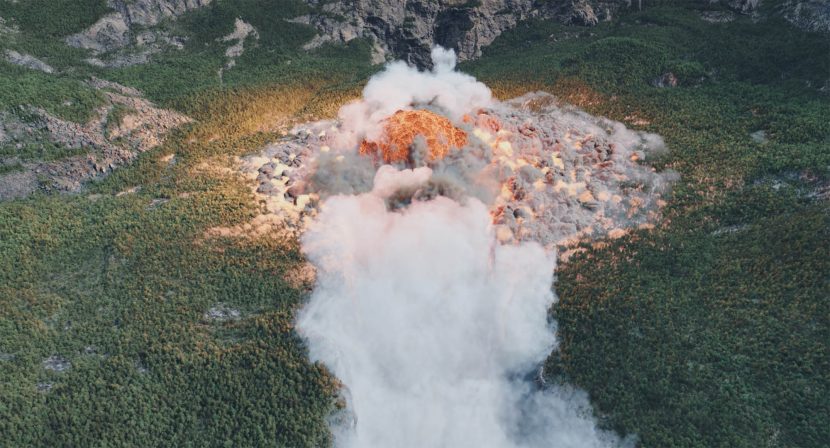
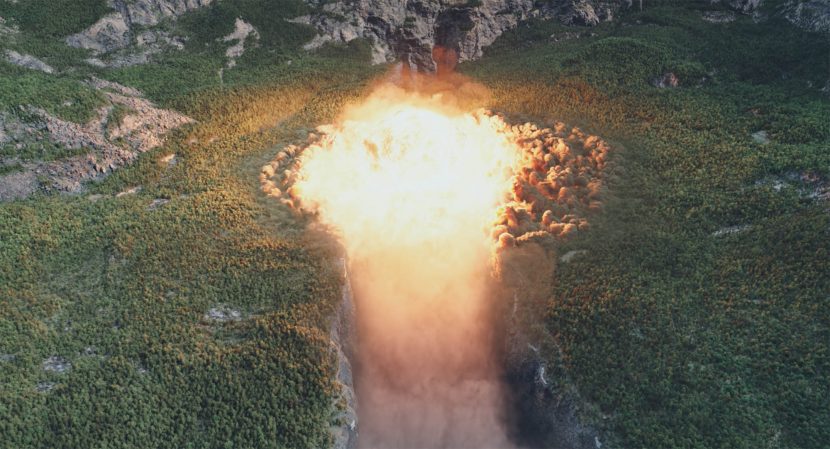
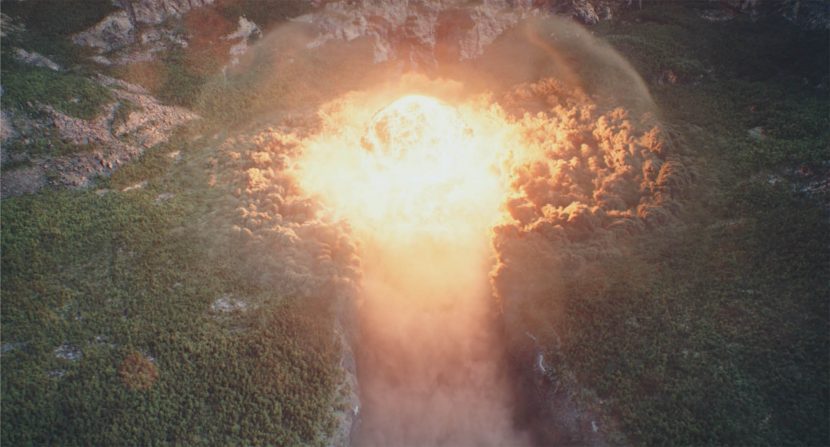

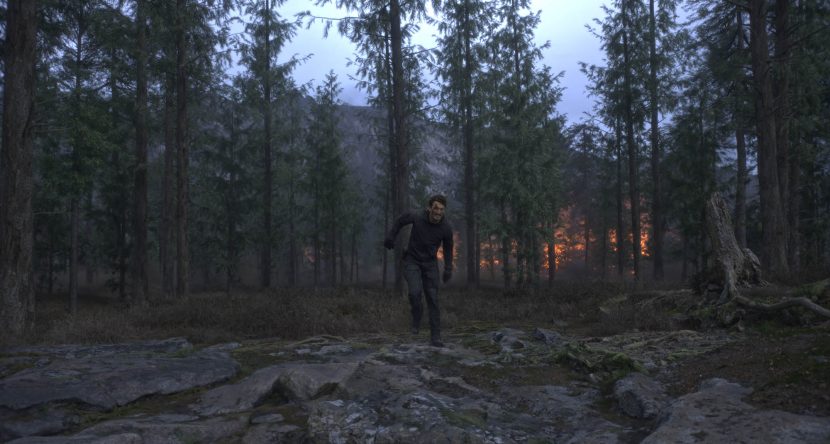
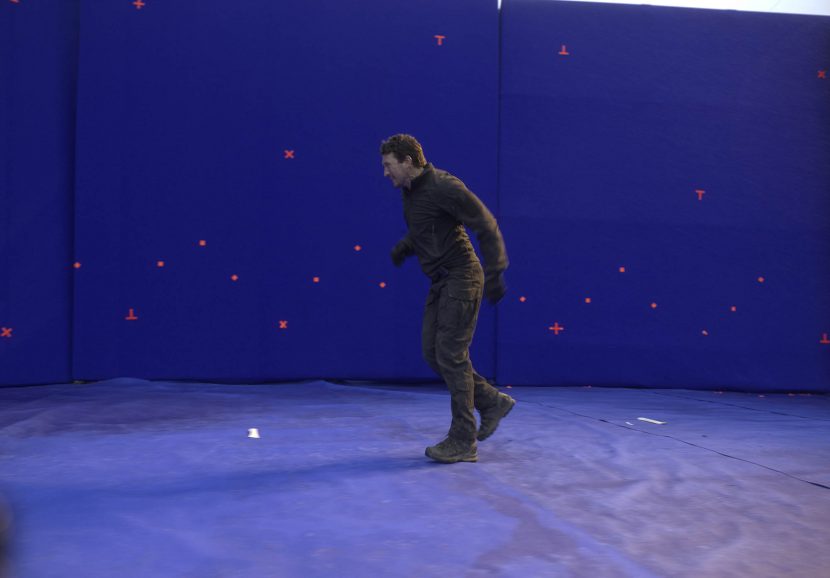

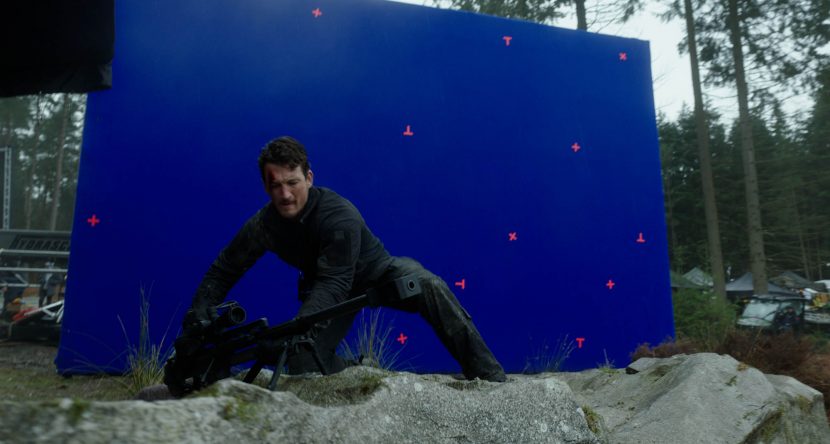
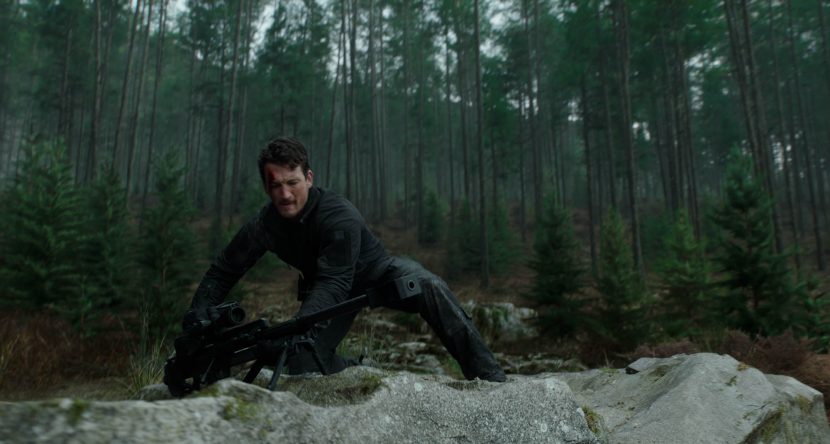
Amazing! I enjoyed watching this movie so much that I had watched it 6 times already. 👍👍